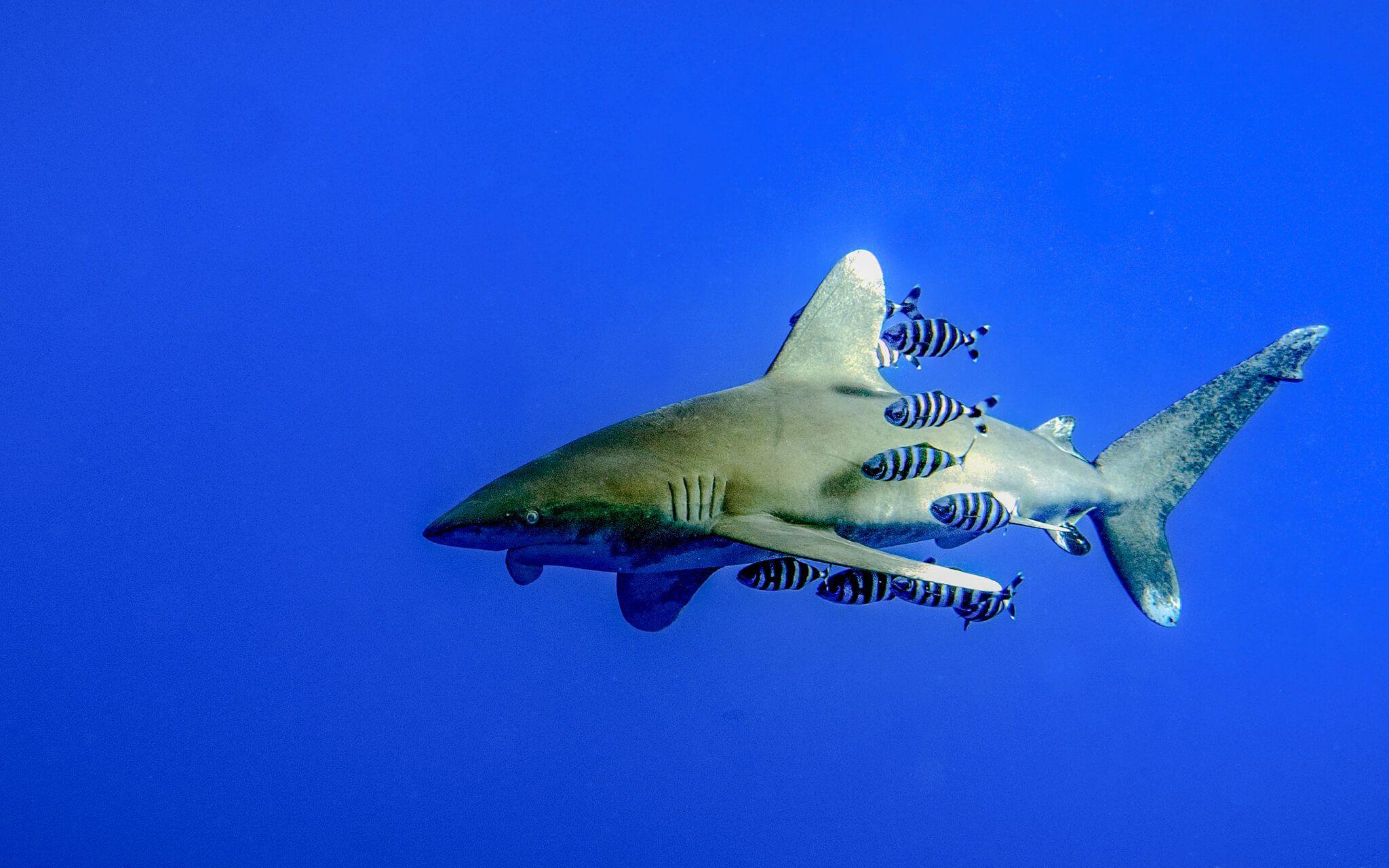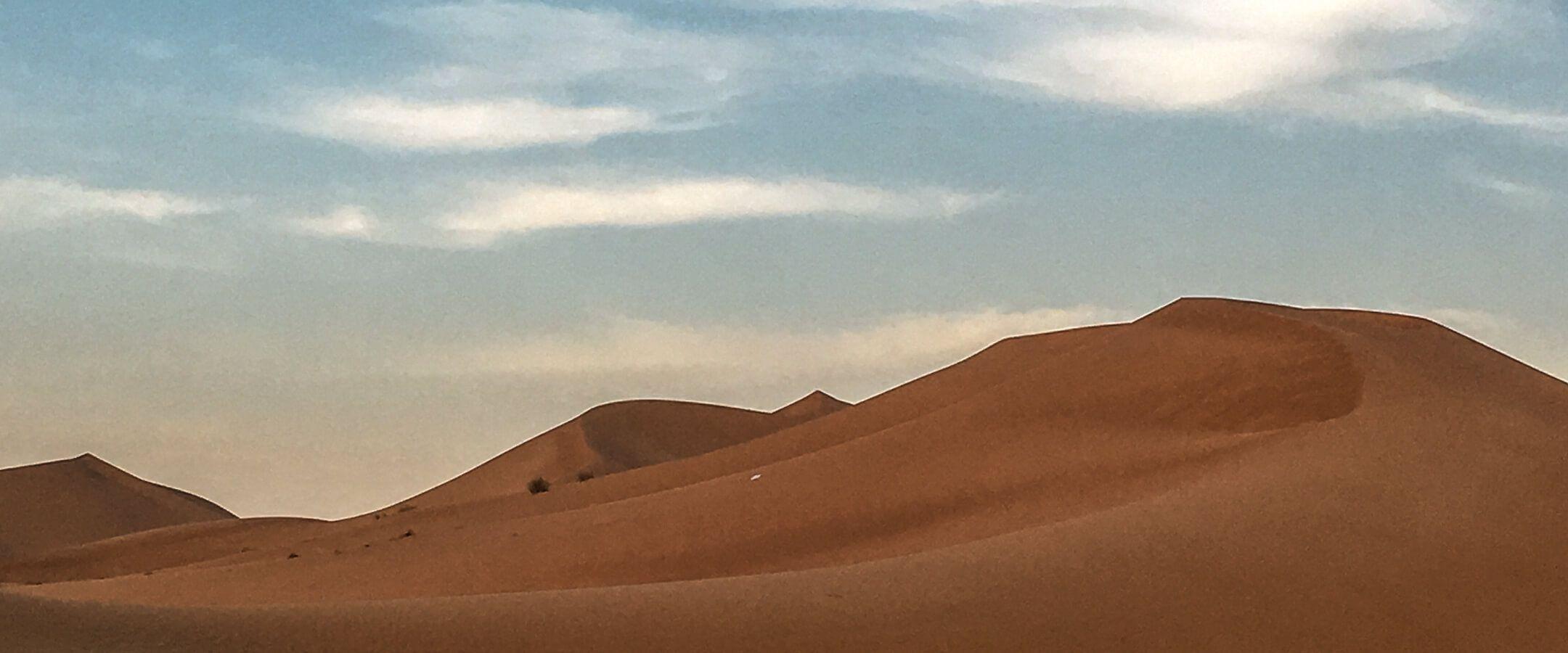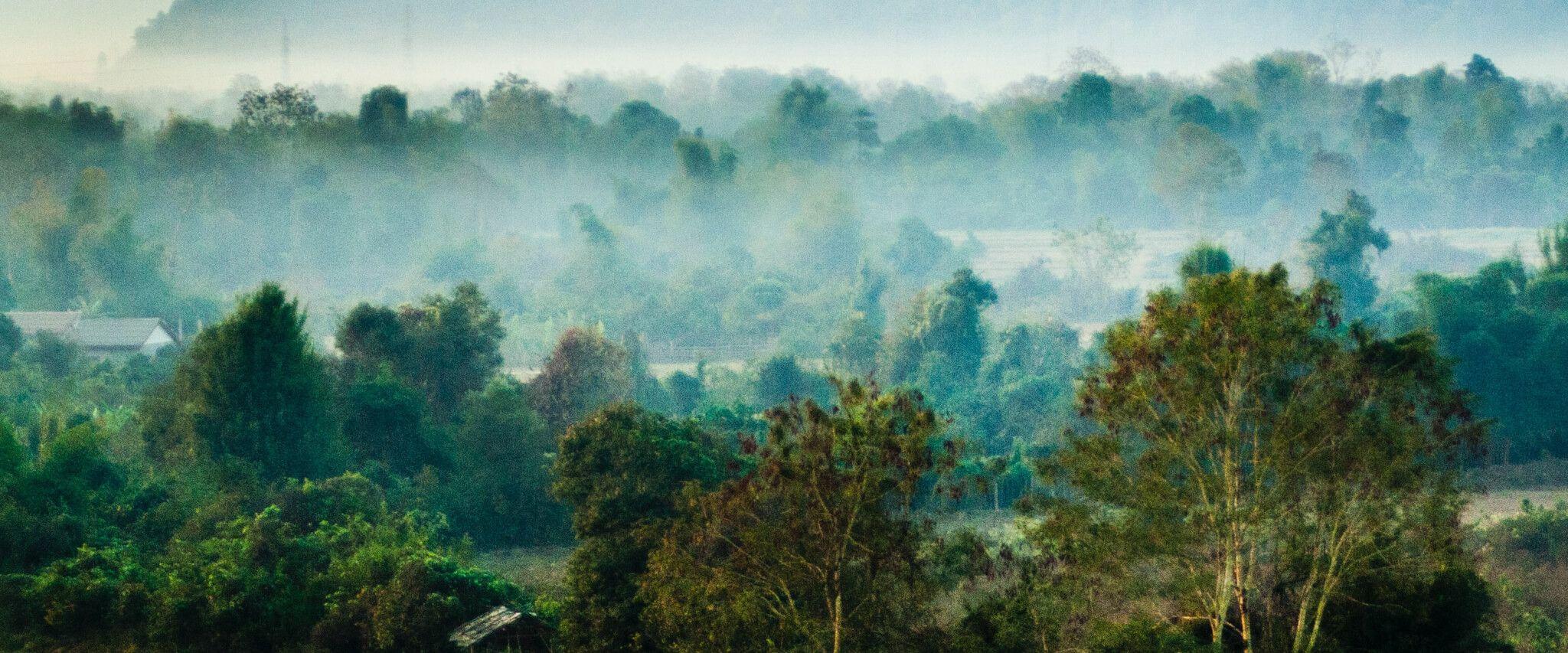When Climate Meets Creativity
A chance encounter at a retail conference inspired a drastic change for Valentino Vettori. A prominent fashion photographer and artist, Valentino decided to refocus his life’s work on climate change, now constructing immersive art exhibits showcasing environmental issues.
Rewind a few years, and you will find a very different version of me. Far from the climate activist, I am today, I was, in stark contrast, an embodiment of pollution itself. My world revolved around fashion storytelling – orchestrating installations, fashion shows, and trade conferences. Everything was about the immediate, the dazzling, the now, with little regard for the resources I was consuming or the environmental impact of my actions.
In this high-paced, glamour-filled industry, sustainability was an afterthought, if it was a thought at all. The endless cycle of creation and consumption, the very heartbeat of the fashion world, was my norm.
But I now realise it was a necessary chapter.
My journey towards climate activism began unexpectedly in 2017 at a conference in Los Angeles, California. I was there to do what I knew best – create a captivating installation, this time themed around the future of Retail. It was an assignment like many others, yet unbeknownst to me, it would become the turning point in my life.
After my work was done, I had the opportunity to attend various talks by influential figures like Elon Musk and Jeff Bezos, discussing ambitious ventures like space travel. Yet, amidst this futuristic discourse, it was the presentation by Paul Hawken, an individual I deeply admired, that struck a chord with me. He was introducing his book, ‘The Project Drawdown’, which outlined two hundred solutions to reverse climate change in a manner that was both effective and economically viable.
The contrast was stark and thought-provoking. Rooms were packed with people excited about distant planets, while only a few were present to hear about restoring our own. This disparity ignited a fire within me, raising a critical question: Why are we so captivated by the idea of leaving Earth for Mars yet so indifferent to the possibility of healing our own planet?
I waited for Paul Hawkins to finish his presentation and asked why he believed the room wasn't packed like it should be. We realised there were possibly two problems. The first is that we always speak negatively about climate change and climate issues, highlighting things that don't inspire people to contribute to their time and emotions but scare them away. The second was that we never give individuals a list of actionable tasks they can take to be part of the solution, as many believe that only scientists will ever solve this problem.
I realised that I could shift my talent from being a storyteller for fashion to a storyteller for climate change. Inspiring, informing, and activating the community became my next and most important mission in life.
This was a moment of profound clarity. I began to question my own contributions and priorities. The knowledge that I had been part of an industry often indifferent to environmental consequences weighed heavily on me.
In the days and weeks that followed, I grappled with a mix of emotions—guilt, frustration, and a burgeoning responsibility to make a change. This wasn’t just about a career shift; it was about aligning my life’s work with a cause that was rapidly becoming a core part of my identity.
I left Los Angeles with a mind swirling with new thoughts and possibilities. Returning to New York, the reality of my newfound purpose collided with the expectations of my existing life. My team, skilled and ready, was awaiting instructions for our next fashion installation. But I had undergone a transformation; my priorities had shifted irreversibly. I gathered my crew and made a declaration that marked the beginning of a new era: no more projects unless they were climate-related. It was a bold move, one that came with its own set of uncertainties and risks.
The next step was equally drastic. Sitting in the quiet of my home, I analysed my finances and made a decision that would change everything. I decided to sell my house. This wasn’t just a financial move; it was a commitment to my new path. The funds from the sale would fuel my ambitious project – an immersive installation dedicated to climate awareness.
I envisioned a space where visitors could engage with the environmental crisis in a deeply emotional and immersive manner. I wanted to create an experience that was not only educational but also profoundly moving, one that would leave a lasting impact on anyone who walked through it.
Sitting in the quiet of my home, I analysed my finances and made a decision that would change everything. I decided to sell my house. This wasn’t just a financial move; it was a commitment to my new path. The funds from the sale would fuel my ambitious project – an immersive installation dedicated to climate awareness.
The following six months were a period of intense challenge and growth. I faced three significant obstacles on my path to creating this ambitious installation. The first was the sheer scale and complexity of the project. I was venturing into uncharted territory, incorporating advanced technologies like projection mapping, augmented reality, virtual reality and immersive storytelling – techniques that were entirely new to me.
The second was bridging the gap between my background in fashion design and the scientific understanding necessary for an authentic climate change narrative. I had to dive deep into the science of climate change, a field far removed from my previous expertise. This required seeking out and collaborating with experts, ensuring that the installation was not only artistically compelling but also scientifically accurate.
My third hurdle was more personal. Friends and family, concerned for my well-being, saw this drastic career shift as a significant, perhaps unnecessary risk. Convincing them of this project's worthiness and feasibility was a journey in itself.
Despite these obstacles, I remained steadfast, fueled by a positive attitude and a belief in the impact of my work. The design process began by dreaming and envisioning the experiences I wanted to create, the places I hoped to transport my audience to, and the blend of technology and information that would inspire them.
I reached out to my network and the scientific community for support and guidance, ensuring the factual integrity of the project. Simultaneously, I sought to gain the trust and hope of my family, whose support was crucial.
After months of relentless work, collaboration, and overcoming doubts, the project finally came to fruition. The day we opened the first Arcadia Earth exhibit culminated not just hard work and creativity but also belief—belief in the power of storytelling to make a difference.
The success of the New York installation was just the beginning. Its positive impact on the community ignited a desire to expand this experience to other cities. We opened in Las Vegas, then Saudi Arabia, and most recently in Toronto, Canada, in collaboration with the World Wildlife Foundation. Each exhibition has become a beacon of inspiration, touching the lives of hundreds of thousands.
Now, as I reflect back, I hope that in my own way, I have contributed something meaningful to the world and that my story can inspire the next generation of climate solution builders.
Most Popular
The Climate Tribe delivers stories about Biodiversity and Conservation, Circular Economy, Food and Water , and how they intersect with climate.
Subscribe
Get the latest stories inspiring climate action around the globe straight to your inbox.






